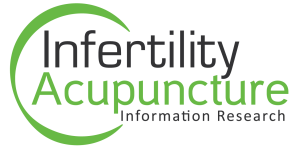Electroacupuncture: mechanisms and clinical application.
Ulett GA, Han S, Han JS.
University of Missouri-Columbia, School of Medicine, St. Louis 63139, USA.
Acupuncture is an ancient Chinese method to treat diseases and relieve pain. We have conducted a series of studies to examine the mechanisms of this ancient method for pain relief. This article reviews some of our major findings. Our studies showed that acupuncture produces analgesic effect and that electroacupuncture (EA) is more effective than manual acupuncture. Furthermore, electrical stimulation via skin patch electrodes is as effective as EA. The induction and recovering profiles of acupuncture analgesia suggest the involvement of humoral factors. This notion was supported by cross-perfusion experiments in which acupuncture-induced analgesic effect was transferred from the donor rabbit to the recipient rabbit when the cerebrospinal fluid (CSF) was transferred. The prevention of EA-induced analgesia by naloxone and by antiserum against endorphins suggests that endorphins are involved. More recent work demonstrated the release of endorphins into CSF following EA. In addition, low frequency (2 Hz) and high frequency (100 Hz) of EA selectively induces the release of enkephalins and dynorphins in both experimental animals and humans. Clinical studies suggesting its effectiveness for the treatment of various types of pain, depression, anxiety, spinally induced muscle spasm, stroke, gastrointestinal disorders, and drug addiction were also discussed.
Biol Psychiatry. 1998 Jul 15;44(2):129-38.
